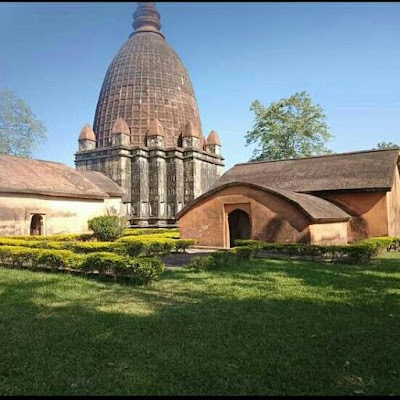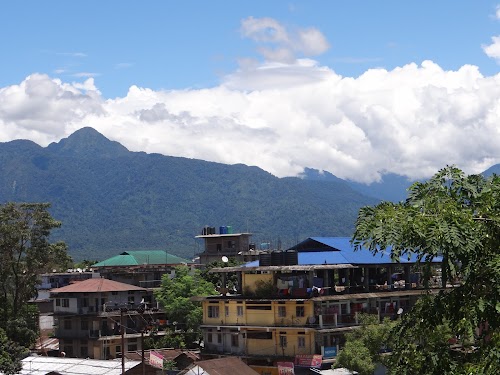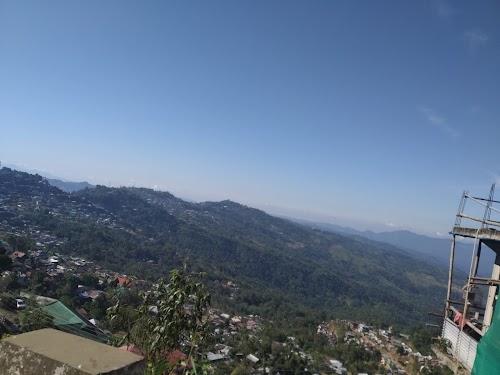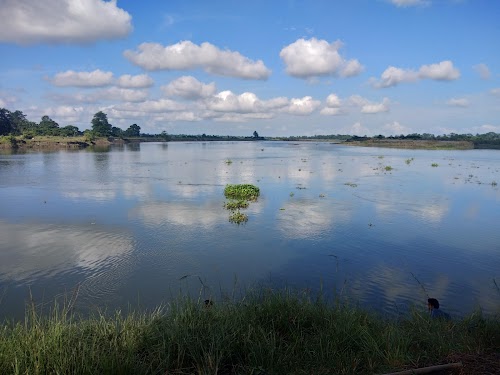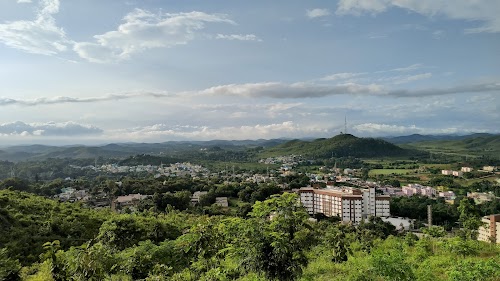
Tirap District, India
Tirap District, nestled in the southeastern corner of Arunachal Pradesh, India, is a land of rugged hills, dense forests, and vibrant tribal culture. It offers a unique experience for adventurous travelers seeking off-the-beaten-path destinations. The district is home to several indigenous tribes, each with distinct traditions, languages, and lifestyles. Exploring Tirap provides a glimpse into the rich cultural heritage of the region, with opportunities to witness traditional dances, handicrafts, and festivals. While tourism infrastructure is still developing, the natural beauty and cultural immersion make it a rewarding destination for those willing to venture beyond the usual tourist circuits.
Known for:
History:
Historically, Tirap District was largely isolated, with limited interaction with the outside world. The region was governed by tribal chiefs, and inter-tribal conflicts were not uncommon. During the British colonial period, the area was part of the North-East Frontier Agency (NEFA). After India's independence, NEFA became Arunachal Pradesh, and Tirap became a separate district. The district has seen gradual development in recent decades, with improvements in infrastructure and access to education and healthcare. However, it still retains much of its traditional character, making it a unique historical and cultural site.
How to reach:
The nearest airport is Dibrugarh Airport in Assam, which is about 150-200 km from the district headquarters, Khonsa. From Dibrugarh, you can hire a taxi or take a bus to Khonsa. The road journey is scenic but can be challenging due to hilly terrain. There are no direct train routes to Tirap. The nearest railway station is Tinsukia in Assam, from where you would need to proceed by road.
Places in Tirap District, India
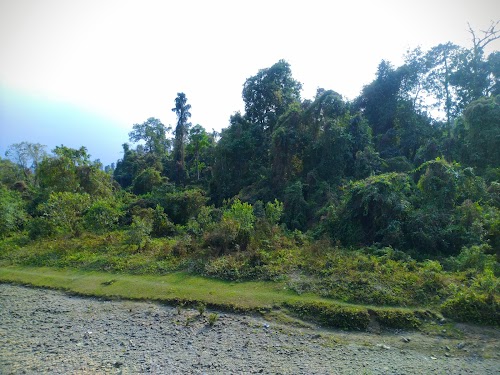
Deomali
Tirap District, India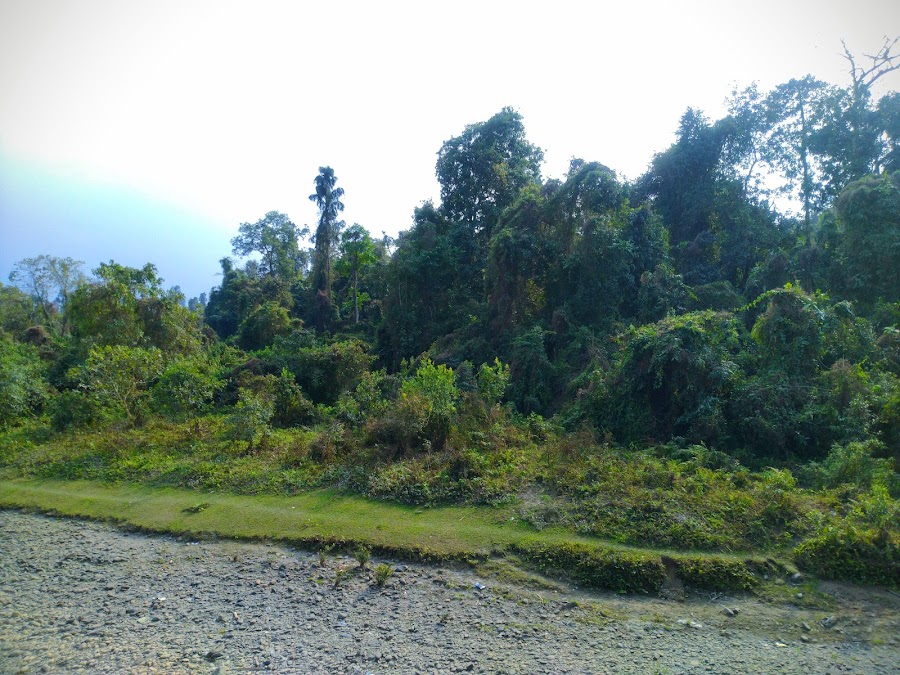
Lajo
Tirap District, India
Namsang
Tirap District, India
Bordumsa
Tirap District, India
Pangsu Pass
Tirap District, India
Wakka
Tirap District, India
Rusa
Tirap District, India
Khonsa
Tirap District, India


